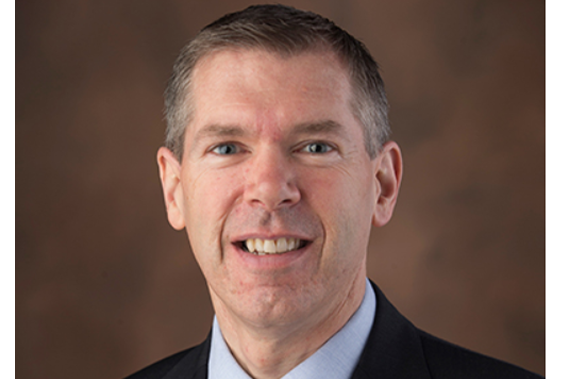CIO Corner: Making Inroads with Patient Access

Improving patient access has been Houston Methodist’s top priority this year. Led by Tesha Montgomery, senior vice president of system patient access, HM launched several key initiatives aimed at centralizing appointment scheduling and increasing operational efficiencies around patient access. IT plays an active role behind-the-scenes supporting these initiatives, leveraging technology to help patients successfully connect with HM when and how they prefer.
Power of appointments
The on-demand convenience of services like Amazon, DoorDash, Netflix and Uber have shifted traditional models of how patients access their health care. This year, teams across the system have looked closely at ways to reimagine our appointment scheduling processes to promote ease. Patients are eager to embrace innovative solutions — more than half of our same-day clinic appointments are now scheduled online.
In May, patients quickly adopted Fast Pass, an email wait list feature that automatically sends patients texts or email messages to notify them of available appointments. Patients may then choose to schedule an earlier appointment without ever speaking with an agent. Since it went live this summer with 116 departments, PT/OT and Speech Therapy have seen a 12-day average improvement in wait times, while Imaging has seen a 27-day average improvement.

Tech that empowers, AI that accelerates
With the right processes in place, technology can be leveraged to automate and optimize. In our Urology and Orthopedics departments, we’ve empowered our patients to schedule their own referral appointments. Once a referral order is placed, the patient receives a notification and then can self-schedule through MyChart. Patients also receive a text message with a phone number to Referral Management if they need help. Since its launch, 40% of all referral appointments have been scheduled through MyChart.
In both Urology and Orthopedics, we’ve examined how patients answer keypad questions when scheduling their appointments over the phone. By refining the algorithms in these telephone decision trees, we’re helping guide patients to the right providers faster, so they can schedule appointments more quickly. Also, schedulers for these departments now can view any appointments available systemwide and schedule appointments that work best for our patients.
Also, we’ve been piloting some self-service tools that leverage artificial intelligence and bot technology. At two primary care practices, patients can call in to confirm, cancel or reschedule their appointments, as well as refill their prescriptions, by speaking with a voicebot equipped with AI voice recognition software. Since May, nearly 5,800 patients have successfully confirmed, cancelled or rescheduled their appointments via the voicebot, reducing time spent on the phone. HM is one of the first in the country to use this technology, and there are plans underway to expand this to more primary care practices.
The road ahead
Together, as a system, we’ve achieved significant advances this year in making it more convenient for patients to access the services we provide, but our work is not finished. We have a shared goal of unifying our imaging scheduling to create a one-stop solution for patients. We’ve begun to pilot a new customer relationship management platform in Epic, and plans are in place to upgrade our phone system to the Cisco Webex Contact Center, an industry-leading solution that’s highly flexible and customizable. There’s no single initiative that will get us to our destination, but all these components work together to create a more patient-centric culture of access and scheduling. By staying on course, we can help create a better experience for our patients, keeping them at the center of everything we do.
